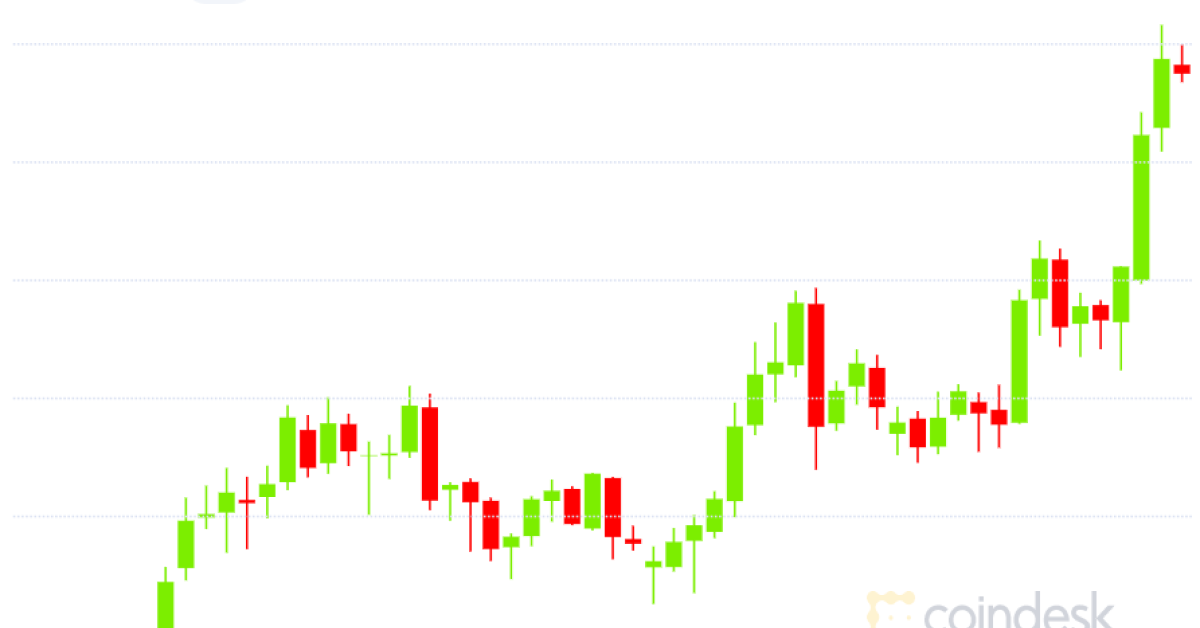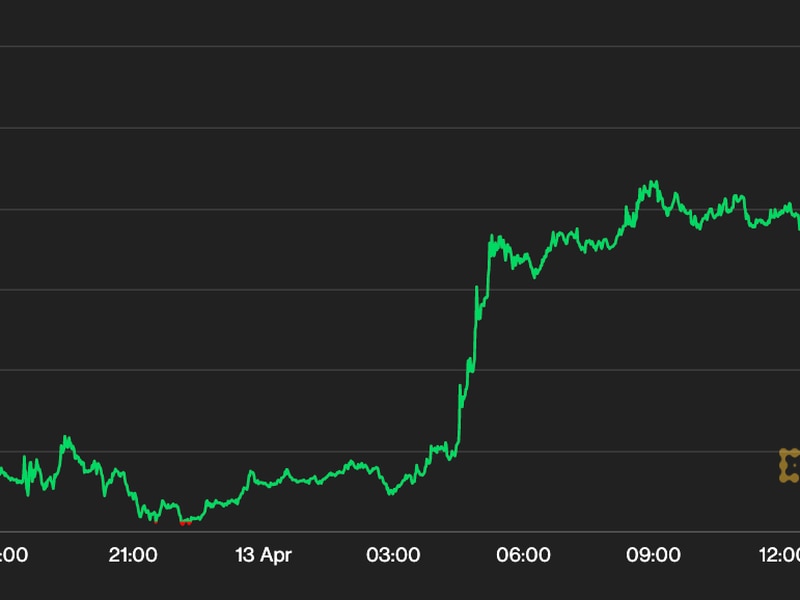Violent Reflexivity: Why Market Movements Are More Aggressive Than Ever, Feat. Corey Hoffstein
Violent Reflexivity: Why Market Movements Are More Aggressive Than Ever, Feat. Corey Hoffstein
How the Fed and the rise of passive investing and volatility strategies have combined to make market movements faster and more severe.
For more episodes and free early access before our regular 3 p.m. Eastern time releases, subscribe with Apple Podcasts, Spotify, Pocketcasts, Google Podcasts, Castbox, Stitcher, RadioPublica, iHeartRadio or RSS.
This episode is sponsored by Crypto.com, Bitstamp and Nexo.io.
Corey Hoffstein is the founder and Chief Investment Officer of Newfound Research LLC, a quantitative research and investment fund. He is also the host of the “Flirting with Models” podcast.
In it, he examines three popular narratives about what is driving radical swings in markets, including:
- The increased role of the Fed
- The rise of passive and index investing
- The growth of volatility-correlated strategies
He finds that, individually, none could explain the radical market shifts we’ve seen. However, when combined, they create a market incentive loop that is causing markets to move and react to exogenous shocks more quickly and aggressively than ever before.
Find our guest online:
Twitter: @choffstein
Website: Newfound Research
For more episodes and free early access before our regular 3 p.m. Eastern time releases, subscribe with Apple Podcasts, Spotify, Pocketcasts, Google Podcasts, Castbox, Stitcher, RadioPublica, iHeartRadio or RSS.









